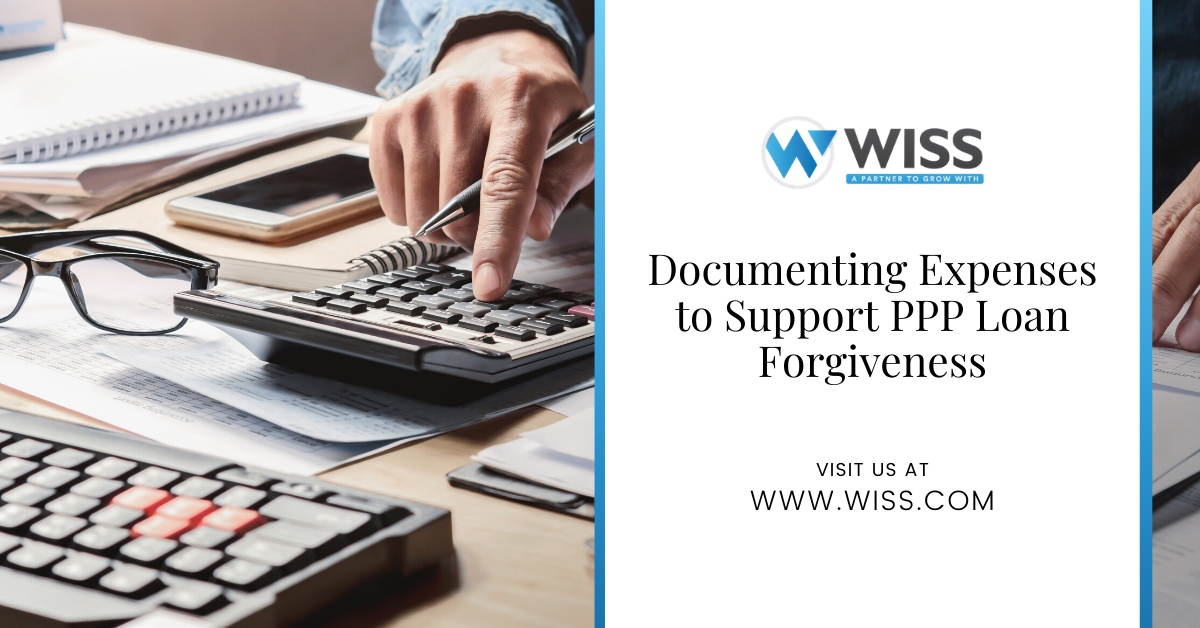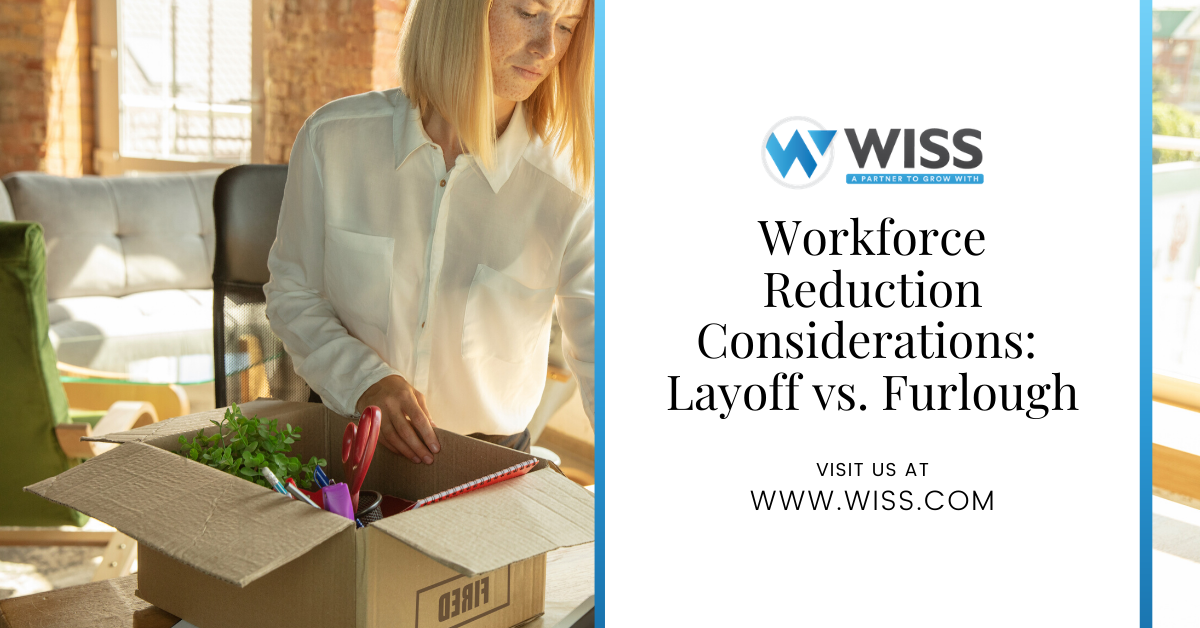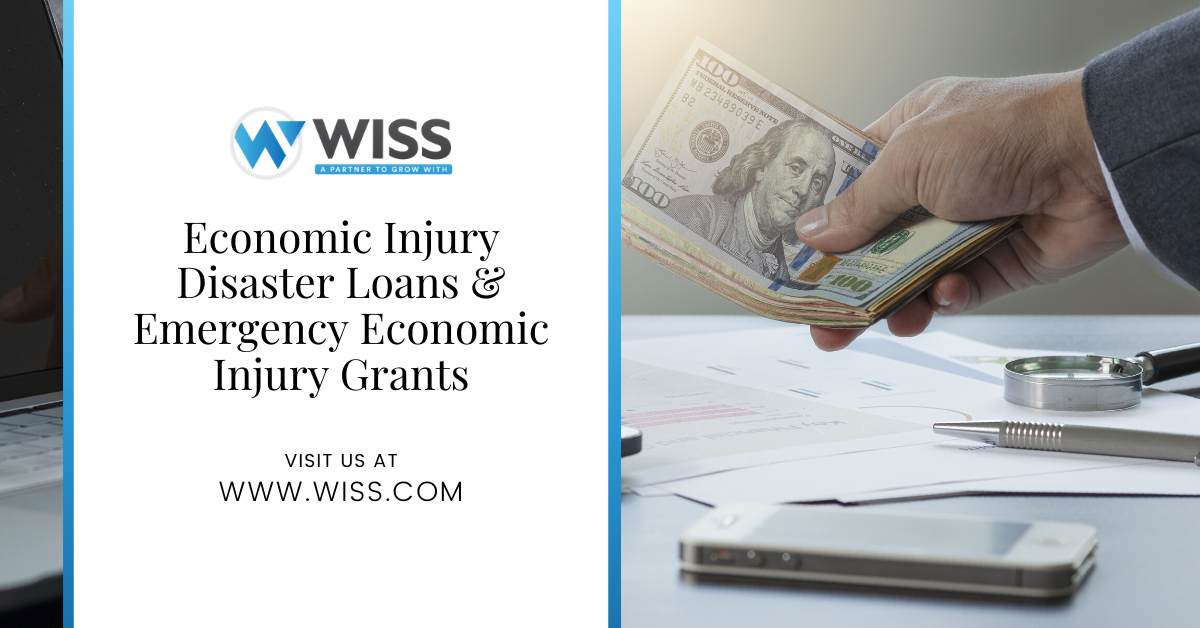The Paycheck Protection Program allows loans of up to $10 million at 1% interest to employers with fewer than 500 workers. The purpose of the program is for employers to retain their employees; the loan amount is intended to cover two months of payroll and overhead. The government will forgive most or all of the loan if the company keeps its workers and does not cut wages.
The maximum amount of the PPP loan that is eligible for forgiveness is equal to the amount spent on qualifying expenses during the eight-week period beginning on the date on which the loan is originated. Qualifying expenses include:
- Payroll costs (up to a maximum annualized amount of $100,000 per employee)
- Interest on debt obligations (for obligations in place prior to February 15, 2020)
- Rent (for lease agreements in place prior to February 15, 2020)
- Utilities (for services in place prior to February 15, 2020)
The PPP loan program is designed for employers to keep their employees working. Accordingly, loan forgiveness will be reduced if either of the following occurs:
- Employees who made less than $100,000 of compensation in 2019 have their compensation reduced by 25% or more; or
- The number of full-time employee equivalents is less than the same number of employees during the look-back period
A PPP loan recipient seeking loan forgiveness will be required to submit the following to their lender:
- Application requesting loan forgiveness
- Documentation supporting payroll and covered expenses
- Certification from the company affirming the extent of requested loan forgiveness
- Any other documentation the SBA determines necessary
The PPP lender is required to make a decision on loan forgiveness no later than 60 days after an application has been submitted. PPP loan amounts forgiven will be paid by the Small Business Administration (SBA) directly to the lender.
While there are still a number of unanswered questions as to how the loan forgiveness process will play out, Wiss recommends clients take the following proactive measures to ensure their best chance of forgiveness:
- Deposit the PPP loan proceeds in a separate bank account so that these funds are not commingled with normal operating funds
- Use the PPP loan proceeds for covered expenses and retain documentation supporting each component of covered expenses
- Although not recommended, if PPP loan proceeds are used to pay for non-covered expenses, retain documentation supporting these amounts
- Establish account codes or sub-codes in your companies General Ledger to track each component of covered expenses
Documentation supporting loan forgiveness to be submitted to the lender may consist of the following:
- Payroll registers and ACH transfers to the payroll company. If you work with a PEO you will want to save your payroll invoice supporting the payroll costs, employee benefits, and retirement benefits paid
- Utility bills and invoices from your electric, gas, and heating supplier
- Rent statements and/or coupons and receipts showing rent was paid during the forgiveness period
- Mortgage and/or other debt coupons or monthly statements showing these obligations were paid during the forgiveness period
If you established a new bank account for PPP loan proceeds, the monthly statements will clearly show the funds were used to be eligible covered expenses.
Wiss recommends retaining documentation until:
- The SBA has resolved its audit of the PPP lender and/or the company’s loan forgiveness application, or
- The SBA audit period has expired
If you have any questions, please reach out to Wiss’ Cash Flow Task Force to assist with this or any other aspect of the CARES Act stimulus bill.

 Previous
Previous




